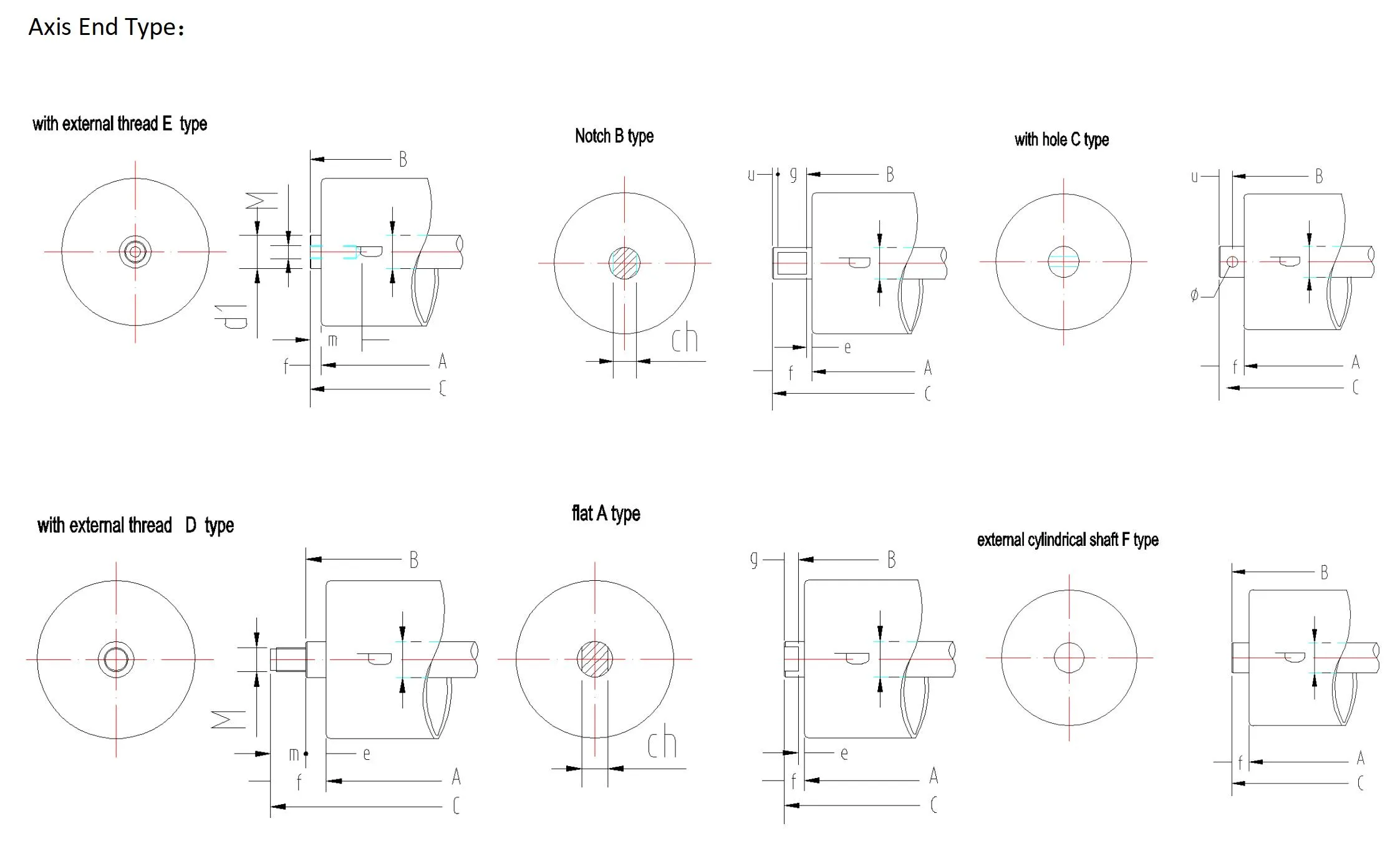 Afrikaans
Afrikaans  Albanian
Albanian  Amharic
Amharic  Arabic
Arabic  Armenian
Armenian  Azerbaijani
Azerbaijani  Basque
Basque  Belarusian
Belarusian  Bengali
Bengali  Bosnian
Bosnian  Bulgarian
Bulgarian  Catalan
Catalan  Cebuano
Cebuano  Corsican
Corsican  Croatian
Croatian  Czech
Czech  Danish
Danish  Dutch
Dutch  English
English  Esperanto
Esperanto  Estonian
Estonian  Finnish
Finnish  French
French  Frisian
Frisian  Galician
Galician  Georgian
Georgian  German
German  Greek
Greek  Gujarati
Gujarati  Haitian Creole
Haitian Creole  hausa
hausa  hawaiian
hawaiian  Hebrew
Hebrew  Hindi
Hindi  Miao
Miao  Hungarian
Hungarian  Icelandic
Icelandic  igbo
igbo  Indonesian
Indonesian  irish
irish  Italian
Italian  Japanese
Japanese  Javanese
Javanese  Kannada
Kannada  kazakh
kazakh  Khmer
Khmer  Rwandese
Rwandese  Korean
Korean  Kurdish
Kurdish  Kyrgyz
Kyrgyz  Lao
Lao  Latin
Latin  Latvian
Latvian  Lithuanian
Lithuanian  Luxembourgish
Luxembourgish  Macedonian
Macedonian  Malgashi
Malgashi  Malay
Malay  Malayalam
Malayalam  Maltese
Maltese  Maori
Maori  Marathi
Marathi  Mongolian
Mongolian  Myanmar
Myanmar  Nepali
Nepali  Norwegian
Norwegian  Norwegian
Norwegian  Occitan
Occitan  Pashto
Pashto  Persian
Persian  Polish
Polish  Portuguese
Portuguese  Punjabi
Punjabi  Romanian
Romanian  Russian
Russian  Samoan
Samoan  Scottish Gaelic
Scottish Gaelic  Serbian
Serbian  Sesotho
Sesotho  Shona
Shona  Sindhi
Sindhi  Sinhala
Sinhala  Slovak
Slovak  Slovenian
Slovenian  Somali
Somali  Spanish
Spanish  Sundanese
Sundanese  Swahili
Swahili  Swedish
Swedish  Tagalog
Tagalog  Tajik
Tajik  Tamil
Tamil  Tatar
Tatar  Telugu
Telugu  Thai
Thai  Turkish
Turkish  Turkmen
Turkmen  Ukrainian
Ukrainian  Urdu
Urdu  Uighur
Uighur  Uzbek
Uzbek  Vietnamese
Vietnamese  Welsh
Welsh  Bantu
Bantu  Yiddish
Yiddish  Yoruba
Yoruba  Zulu
Zulu Different Varieties of Conveyor Belt Pulleys and Their Applications in Industry
Types of Conveyor Belt Pulleys
Conveyor systems are essential for the efficient movement of goods in various industries, including manufacturing, mining, and logistics. At the heart of these systems are conveyor belt pulleys, which play a critical role in the operation and performance of a conveyor belt. Understanding the different types of conveyor belt pulleys can help in selecting the right components for specific applications, thereby enhancing efficiency and reducing maintenance costs.
1. Drive Pulleys
Drive pulleys, also known as head pulleys, are situated at the discharge end of a conveyor system. They are the main source of power for moving the belt and the materials on it. Drive pulleys are equipped with a motor that provides the necessary friction to pull the belt forward. A key aspect of drive pulleys is the surface texture, which can be smooth or rubberized for better grip, allowing for efficient material transport even on inclines.
2. Idler Pulleys
Idler pulleys are positioned along the length of the conveyor belt to support the belt and maintain its alignment. They do not drive the belt but play a vital role in ensuring that it operates smoothly. Idler pulleys can be found in various designs, including flat, crowned, and rubber-coated, depending on the specific application. These pulleys help reduce sagging, minimize belt wear, and provide the necessary tension to the system.
3. Tail Pulleys
Tail pulleys are located at the loading end of the conveyor system. Their primary function is to support the belt as it returns after discharging the materials. Tail pulleys are designed to withstand the wear and tear that comes from friction and back pressure. They are often constructed with a lagging surface to reduce slipping and enhance durability.
types of conveyor belt pulleys

4. Snub Pulleys
Snub pulleys are used to redirect the conveyor belt and increase the friction between the drive pulley and the belt. This increased friction helps maintain belt tension and prevents slippage. Snub pulleys are particularly useful in applications where conveyors have abrupt changes in direction or where there is a need to achieve higher tension in the belt.
5. Take-Up Pulleys
Take-up pulleys are crucial for maintaining the tension in a conveyor system. They are typically located at the end of the conveyor belt and are used to compensate for belt stretch and wear over time. By allowing for adjustments in the position of the take-up pulley, operators can ensure optimal tension is maintained, which enhances the overall efficiency of the conveyor system.
6. Return Pulleys
As the name suggests, return pulleys are used to guide the conveyor belt as it returns to the drive pulley after unloading materials. These pulleys are designed to minimize wear on the belt and support its return movement. Return pulleys can be equipped with rollers to facilitate easier movement of the belt.
Conclusion
Understanding the various types of conveyor belt pulleys is fundamental for anyone involved in the design, maintenance, or operation of conveyor systems. Each type of pulley serves a specific purpose, contributing to the overall efficiency and reliability of the conveyor system. By selecting the appropriate types of pulleys based on the application requirements, businesses can enhance productivity, reduce operational costs, and prolong the life of their conveyor systems. Whether it's drive pulleys that power the motion or idler and tail pulleys that support it, each component is integral to the smooth functioning of conveyor technology.
-
Revolutionizing Conveyor Reliability with Advanced Rubber Lagging PulleysNewsJul.22,2025
-
Powering Precision and Durability with Expert Manufacturers of Conveyor ComponentsNewsJul.22,2025
-
Optimizing Conveyor Systems with Advanced Conveyor AccessoriesNewsJul.22,2025
-
Maximize Conveyor Efficiency with Quality Conveyor Idler PulleysNewsJul.22,2025
-
Future-Proof Your Conveyor System with High-Performance Polyurethane RollerNewsJul.22,2025
-
Driving Efficiency Forward with Quality Idlers and RollersNewsJul.22,2025





























